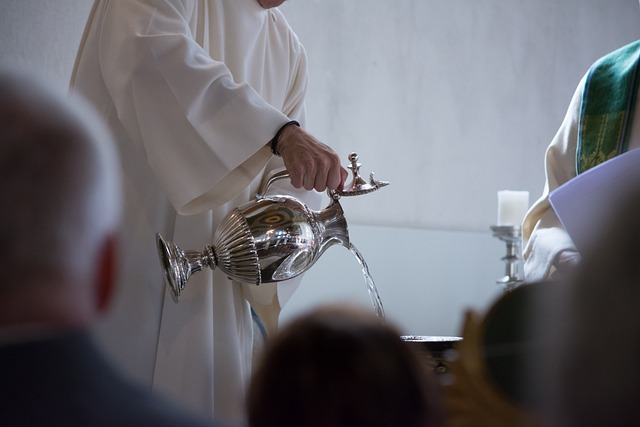In the heart of every spiritual gathering lies the worship service text, a sacred script that shapes the rhythm and flow of communal rituals. These texts, whether they are hymns, prayers, scripture readings, or liturgical responses, serve as a bridge between the divine and the human, uniting congregations in a shared experience of faith and devotion.
For many, the ritual of worship is a profound expression of identity and belonging. As individuals come together in houses of worship, the familiar words of the worship service text resonate deeply within them, evoking emotions, memories, and a sense of connection to something greater than themselves. The repetitive recitation of prayers or mantras serves not only as a form of praise but also as a reaffirmation of one’s beliefs and values.
Throughout various religions, the structure of the worship service text often reflects the cultural and historical contexts of the communities in which they are practiced. From the rhythmic chants of Buddhism to the melodic psalms of Christianity, each tradition offers a unique language of devotion that speaks to the hearts of its followers. These texts are crafted with care, often passed down through generations, preserving the wisdom and teachings of ancestors while shaping contemporary spiritual experiences.
In the active participation of worship, individuals find a rare opportunity for personal reflection within the communal atmosphere. The worship service text acts as both a guide and a facilitator, encouraging worshippers to engage with their spirituality on a deeper level. It is in the cadence of shared prayers and the resonance of collective voices that one can feel the power of collaboration in worship, where personal intentions transcend into a unified act of faith.
Moreover, the act of reciting these sacred texts can foster a sense of peace and grounding. For many, it becomes a pathway to mindfulness, a way to step away from the distractions of daily life and focus on the sacred moment at hand. Engaging with the worship service text becomes an exercise in presence, allowing individuals to immerse themselves fully in the rituals and beliefs that shape their spiritual lives.
As our world grows increasingly diverse, the ways in which communities adapt their worship service text also evolve. New interpretations and inclusive language are being embraced, inviting more people to find their voice within the sacred narrative. This ongoing evolution underscores the vitality of ritual in religion, ensuring that the spiritual journey is accessible and relevant to all of humanity.
Exploring the worship service text within various faiths unveils a rich tapestry of human experience, illuminating the ways in which different cultures interpret the divine. Each text carries the weight of tradition while simultaneously offering new insights and interpretations for contemporary worshippers. In this sacred act of coming together, we discover not only our individual paths but also the threads that weave us into a global tapestry of spirituality.



